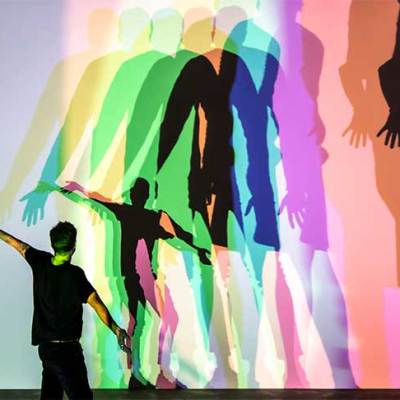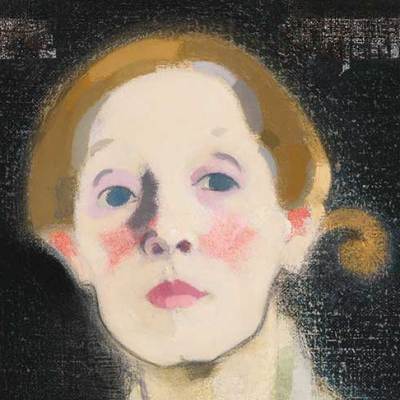An international wave of publications and exhibitions in recent decades has turned the spotlight to Nordic art. There have been shows dedicated the austere eloquence of the Danish painter Vilhelm Hammershøi, and the existential angst of Edvard Munch. Over the last year or two, in London alone, there have been exhibitions dedicated not only to Munch (at the British Museum) but also to fellow Norwegian Harald Sohlberg and the Finnish painter Helene Schjerfbeck, and the contemporary Nordic artists Olafur Eliasson and Ragnar Kjartanssen.
Two years ago, meanwhile, the National Gallery staged a show around a painting from 1905 by Akseli Gallen-Kallela (1865–1931): Lake Keitele, which was acquired in 1999. This was the first solo outing for the Finnish artist in the UK. It is always said that the art market follows in the wake of scholarship: was it pure coincidence that when Sotheby’s offered another of the artist’s views of Lake Keitele this July with an estimate of £100,000–£150,000, it sold for a record-breaking £711,000?
A lake view (1905), Akseli Gallen-Kallela. Estimate £200,000–£300,000. Photo courtesy Christie’s Images Ltd. 2019

On 12 December this week, Christie’s London is offering another view of the lake painted at about the same time, part of a group of six Finnish paintings mostly acquired directly from the artists or their descendants by the industrialist Bertil Palmberg. Like many Nordic artists before and after, Axel Gallén – he changed his Swedish name to the Finnish Akseli Gallen-Kallela in 1907 – completed his studies abroad, enrolling at the Académie Julien in Paris where he befriended Albert Edelfeldt (also represented in this group with an oil sketch of a sorrowful couple) and August Strindberg, and later studying fresco painting in Italy. He continued to travel widely and maintained an international outlook and reputation, showing in Berlin, for instance, with Munch. Finland, however, remained his refuge and source of inspiration.
He was, like many other Finnish artists at the time, a nationalist longing for independence for his country, painting subjects from the Kalevala, the Finnish national epic, and travelling to the eastern province of Karelia, where the ancient poems had been gathered, in 1890 and 1892. It was around this time that he began to shed much of the French character of his realist plein-air painting as he immersed himself in the Nordic wilderness. After contracting malaria in 1904 during a frenetic year of travelling, he returned to Finland again to convalesce, this time renting a summer lodge on the shores of Lake Keitele. Here he experimented, with the likes of a vertical format and unusual framing – perhaps as a result of his study of Japanese prints. In the view now offered at auction, the colours of the landscape sparkle in the warm sunlight – interrupted by a darkly discordant hanging branch, which pays more than a passing nod to woodblock prints. Estimate £200,000–£300,000.
A lake view (n.d.), Hugo Simberg. Estimate £20,000–£30,000. Photo courtesy Christie’s Images Ltd. 2019

The next biggest lot in the group is a painting by Hugo Simberg (1873–1917), Gallen-Kallela’s private pupil who went on to produce macabre and melancholic epics such as his famous The Wounded Angel of 1903. He had worked with Gallen-Kallela at his teacher’s studio-home, a log building in the forest on the shore of Lake Ruovesi (there are more than 180,000 lakes in Finland, known colloquially as ‘the land of a thousand lakes’). A gleaming lake is the focus – if not the subject – of Simberg’s painting of around 1907. This is a canvas that repays close inspection. With its burnt-out bonfire and footsteps in the sand, it seems to be a painting about presence and absence and perhaps loss – not least given the strange angelic clouds flying across the sky. Estimate £20,000–£30,000.
The European Art: 19th Century & Orientalist Art sale is on 12 December at Christie’s in London.



